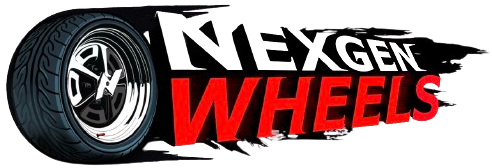Fuel quality plays a major role in vehicle performance, efficiency, and long-term engine health. While most petrol sold today contains some percentage of ethanol, many drivers are turning toward ethanol free petrol (often called non ethanol petrol or non ethanol gas) as an alternative. Whether you’re concerned about engine longevity, fuel efficiency, or ethanol petrol price fluctuations, understanding the pros and cons of both fuels can help you make smarter choices at the pump.
In this article, we’ll explore the benefits of non ethanol petrol, the drawbacks of using it, current trends in petrol 10 ethanol, and whether it’s worth learning how to remove ethanol from petrol.
What Is Ethanol Petrol?
Most petrol available today is blended with ethanol, a renewable fuel derived from crops such as corn and sugarcane. The most common blend is petrol 10 ethanol (E10), which contains 90% petrol and 10% ethanol. This blend is widely used across the globe because it lowers carbon emissions and helps reduce reliance on pure fossil fuels.
However, not every vehicle benefits equally from ethanol blends. This is where the demand for non ethanol petrol (ethanol free petrol) comes in.
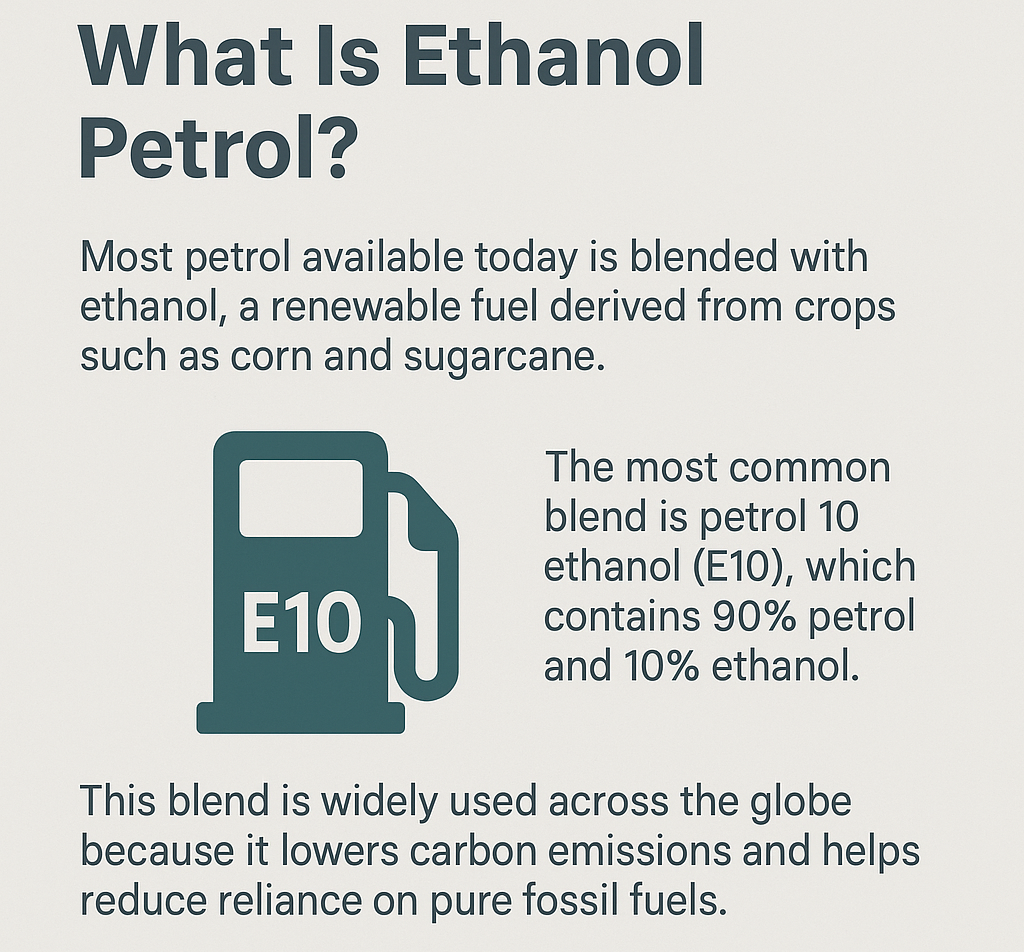
Benefits of Ethanol Free Petrol
- Better Fuel Efficiency
Vehicles running on ethanol free petrol often achieve better mileage. Ethanol contains less energy per liter compared to pure petrol, so non ethanol gas delivers more energy per unit. Drivers may notice fewer trips to the fuel station when using ethanol free fuel. - Improved Engine Longevity
Ethanol is hygroscopic, meaning it attracts water. Over time, moisture buildup in ethanol blends can cause corrosion in fuel systems, especially in older cars, boats, and motorcycles. Non ethanol petrol reduces this risk and protects engine components. - Ideal for Small Engines
Machines like lawnmowers, outboard motors, and classic cars benefit most from non ethanol gas, since their engines are not designed to handle ethanol-blended fuels. Using ethanol free petrol in these machines prevents starting issues and clogging. - Stable Storage
Ethanol-blended fuels degrade faster over time. If your vehicle or equipment sits unused for months, ethanol free petrol is far more stable and prevents fuel system blockages.
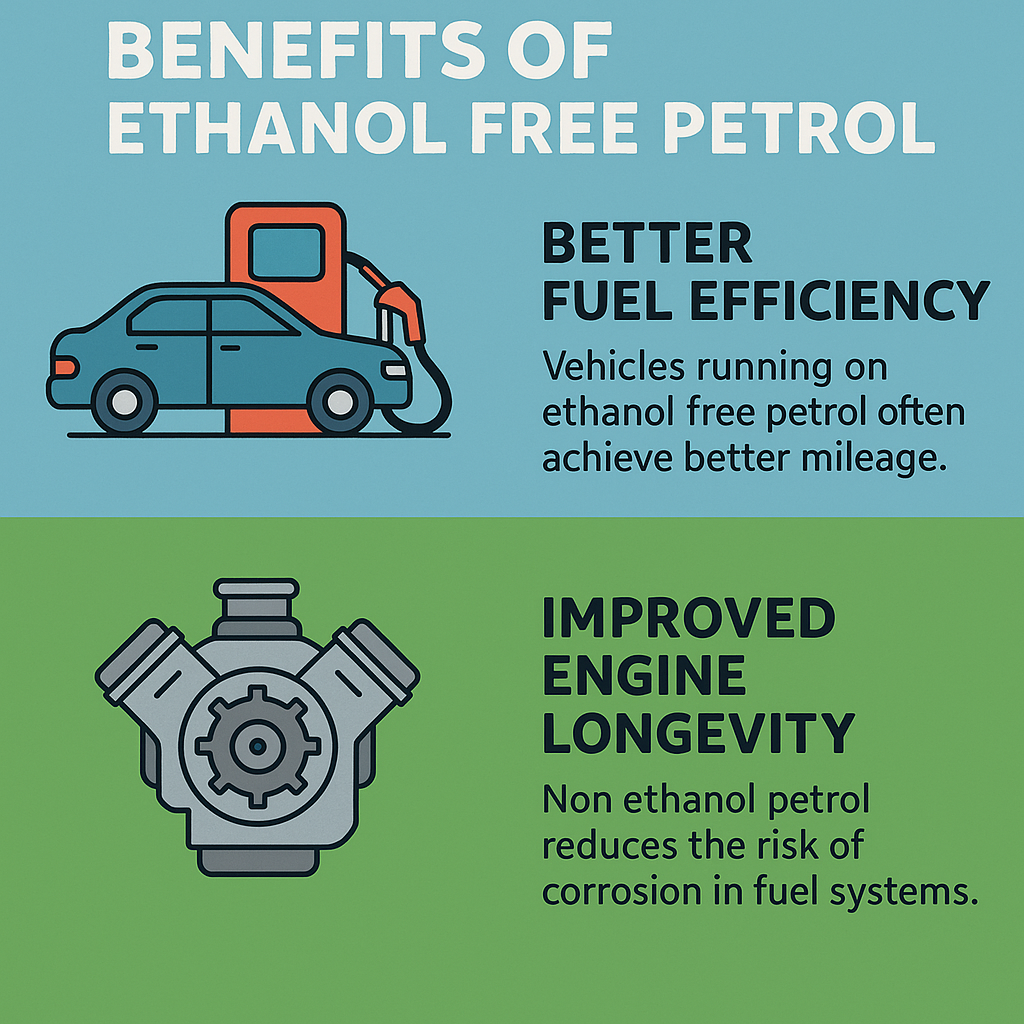
Drawbacks of Ethanol Free Petrol
- Higher Ethanol Petrol Price
One of the biggest concerns for consumers is cost. Since ethanol is often cheaper to produce than pure petrol, blends like petrol 10 ethanol tend to cost less. Ethanol free petrol is usually more expensive at the pump, making it less attractive to budget-conscious drivers. - Limited Availability
Not every station carries non ethanol petrol, and in some regions, it’s extremely rare. This limits accessibility and convenience for everyday use. - Environmental Concerns
Since ethanol is renewable, its inclusion helps reduce greenhouse gas emissions. Non ethanol gas may offer performance benefits, but it doesn’t provide the same sustainability advantage as ethanol-blended fuels.
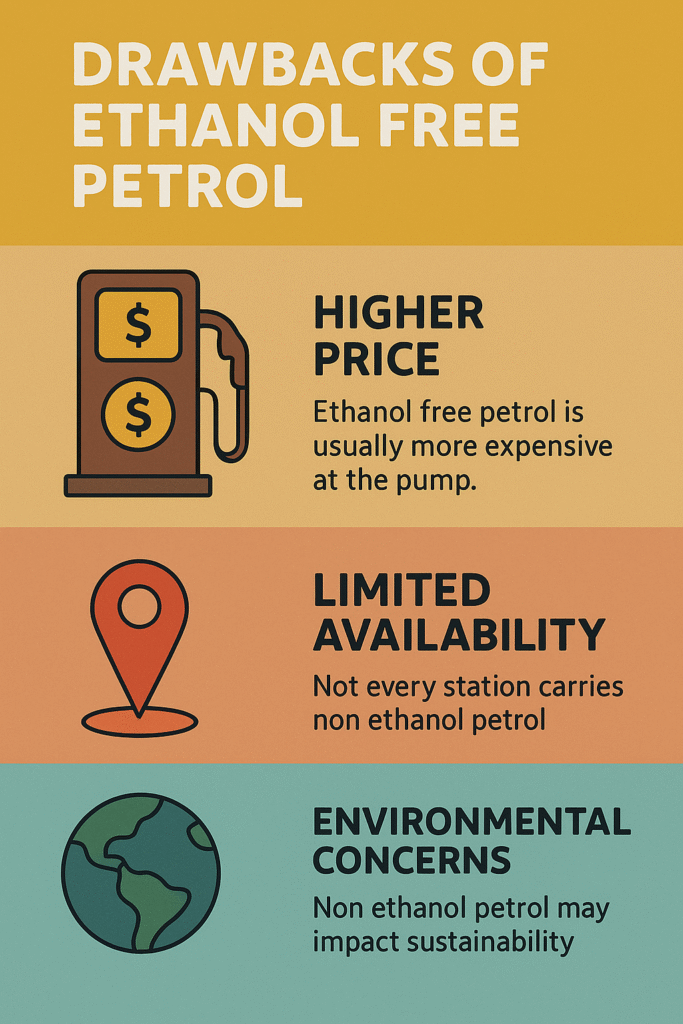
Ethanol Petrol Price: Why It Matters
Fuel prices fluctuate based on production, transportation, and government regulations. Ethanol petrol price is often lower than ethanol free alternatives because ethanol subsidies and local policies encourage biofuel use. For drivers, the choice often comes down to balancing performance vs cost.
For example:
- E10 (petrol 10 ethanol): Lower cost, widely available, slightly less mileage.
- Non ethanol petrol: Higher cost, improved efficiency, better engine protection.
Understanding this balance helps consumers decide whether to spend more upfront for non ethanol gas or save at the pump with ethanol blends.
How to Remove Ethanol from Petrol
Some drivers attempt removing ethanol from petrol at home to enjoy the benefits of ethanol free fuel without paying premium prices. The process typically involves adding water to the fuel, which bonds with the ethanol, allowing separation.
However, this method is not recommended because:
- It can be dangerous and flammable.
- Improper removal may damage your fuel system.
- It may void manufacturer warranties.
Instead of experimenting with how to remove ethanol from petrol, it’s better to purchase non ethanol petrol directly from trusted fuel stations when available.
Ethanol Free Petrol vs Petrol 10 Ethanol: Which Is Right for You?
Choosing between non ethanol petrol and petrol 10 ethanol depends on your driving habits and vehicle type.
- Choose Ethanol Free Petrol If:
- You own a classic car, boat, or small engine equipment.
- You drive infrequently and store fuel for long periods.
- You prioritize performance and long-term engine protection.
- You own a classic car, boat, or small engine equipment.
- Choose Petrol 10 Ethanol If:
- You drive daily and want a cost-effective solution.
- You live in an area where ethanol free petrol is unavailable.
- You want to reduce your carbon footprint.
- You drive daily and want a cost-effective solution.
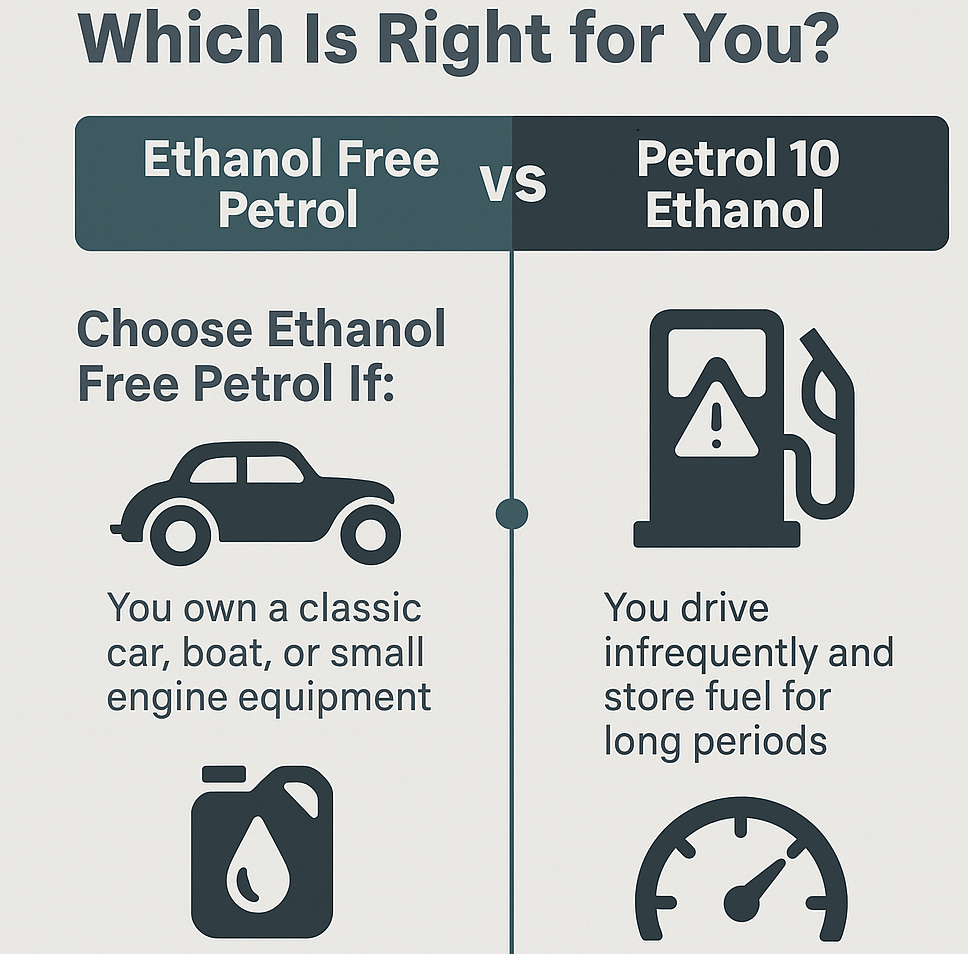
The Future of Ethanol and Petrol Blends
With sustainability becoming a global priority, ethanol blends like E10, E15, and even E85 are likely to expand further. However, the demand for non ethanol petrol will remain strong among enthusiasts, classic car owners, and boaters who value performance and stability over cost.
At the same time, alternative fuels and electric vehicles may gradually reduce dependence on both ethanol-blended and non ethanol petrol in the future.
Conclusion
The choice between ethanol free petrol and petrol 10 ethanol is not one-size-fits-all. While non ethanol gas delivers advantages like improved mileage, longer engine life, and stable storage, it often comes with a higher ethanol petrol price and limited availability. On the flip side, ethanol blends are more affordable and environmentally friendly, though they may reduce efficiency and cause issues in older engines.
For drivers considering removing ethanol from petrol, it’s far safer to purchase non ethanol petrol directly when available. At nexgenwheels, we believe the right fuel choice depends on your vehicle type, driving habits, and long-term priorities — ensuring you balance performance, cost, and sustainability in the best way possible.

